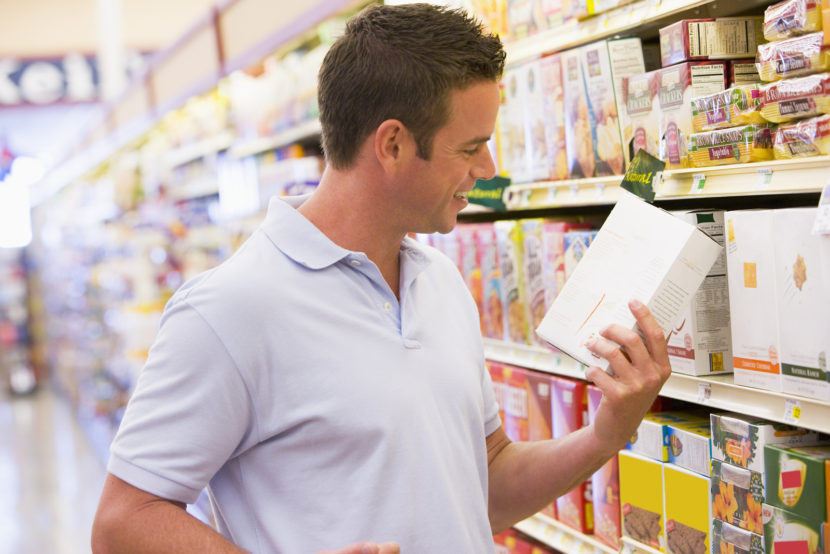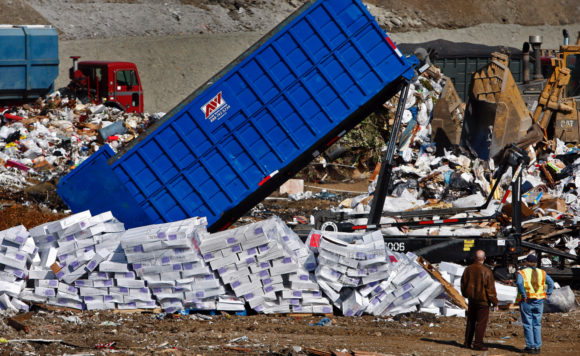Hot Topics in Food Safety: The Changing Definition of Food Safety
By Allie Gallant
Have you noticed a change in the coupons arriving in the mail these days? Popular fast food retailers are prominently featuring calorie counts on meal deals. Others boast that they don’t use artificial colours or flavours, they do use recycled packaging and they support local farmers. What’s more, grocery stores are stocked with organic, fair trade and animal-friendly products. And social media feeds are filled with people posting about food – be it good or bad.
It’s undeniable: something is shifting in the way we talk and think about our food.
The market is also changing. From 2009 to 2013, smaller and private brands grew four to five times faster than the 25 largest U.S. manufacturers, who had near-stagnant growth at an average of 1% a year.
What do these smaller and private brands currently offer that’s attracting market share?
According to a study by Deloitte, an increasing number of value-added product attributes are driving consumers’ purchase decisions. A new definition of food safety is among them.
The traditional definition of food safety focuses on reducing the risk of harmful bacteria, viruses and other substances from entering our food supply. Since its introduction in the mainstream not long after the industrial revolution, the field of food safety has evolved beyond end-product testing to full supply chain management.
That evolution has taken an interesting twist. Consumers are driving a new definition of what “safe food” really is; there’s a growing demand for brands that transcend our traditional notions.
For example, when consumers were presented with the definition of a safe food or beverage as “one that will not cause any immediate, physical harm,” about half thought there was something missing from that definition, according to the Deloitte 2015 Consumer Food Value Equation Survey.
The same survey asked consumers which attributes they considered key to a safe food or beverage. They reported that a safe food or beverage must:
- Be free of harmful elements – 62%
- Have clear and accurate labelling – 51%
- Have clear information (ingredients/sourcing) – 47%
- Contain fewer ingredients and less processing, and contain no artificial ingredients – 42%
- Have sound nutritional content – 41%
Notably, four of those elements go beyond traditional definitions of food safety. They address everything from quality to sustainability, health and wellness to transparency.
They also have big implications for how your brand interacts with consumers. For example, the number of shoppers who expect retailers to take a greater role in ensuring food safety almost doubled to 42% in just five years.
If a company’s brand strategy still hinges on a traditional definition of food safety, it’s a good idea to consider how to open up new opportunities to grow. Many of consumers’ new attributes of food safety are closely tied to transparency. Being perceived as open, honest and committed to what consumers care about is more important than ever, especially with social media and digital communications flooding consumers’ computer screens.
Consumers are empowered and opinionated. They demand more from the food industry than ever before. They’re looking to food suppliers to deliver an enhanced brand promise. And smart food companies will go where the growth is and take advantage of the evolving definition of food safety to strengthen their businesses.
About the Author
Allie Gallant is a regular freelance writer and blogger with Global Food Safety Resource and she is also one of our most valuable and recognizable contributors.

-
 FeaturedRisk management
The Cost of a Breach: What a Cyberattack Could Mean for Food Safety Recalls
FeaturedRisk management
The Cost of a Breach: What a Cyberattack Could Mean for Food Safety Recalls
-
 FeaturedRisk management
Securing the Food Chain: How ISO/IEC 27001 Strengthens Cybersecurity
FeaturedRisk management
Securing the Food Chain: How ISO/IEC 27001 Strengthens Cybersecurity
-
 FeaturedRisk management
Revolutionizing Food Safety Training: Breaking Out of the “Check-the-Box” Mentality
FeaturedRisk management
Revolutionizing Food Safety Training: Breaking Out of the “Check-the-Box” Mentality
-
 GFSI Standards
GFSI 2025: Building Trust, Tech-Forward Solutions, and Global Unity in Food Safety
GFSI Standards
GFSI 2025: Building Trust, Tech-Forward Solutions, and Global Unity in Food Safety
-
 FeaturedFood Safety
Integrated Pest Management: Strategies to Protect Your Brand’s Reputation
FeaturedFood Safety
Integrated Pest Management: Strategies to Protect Your Brand’s Reputation
-
 FeaturedFood Safety Culture & Training
No Open Door Policy: Challenges That Impact Pest Control in Food Processing Plants
FeaturedFood Safety Culture & Training
No Open Door Policy: Challenges That Impact Pest Control in Food Processing Plants




